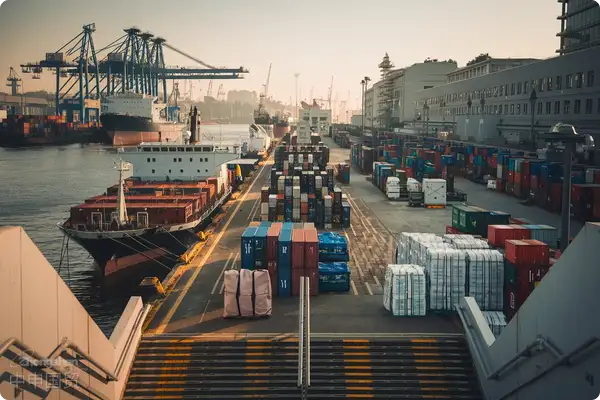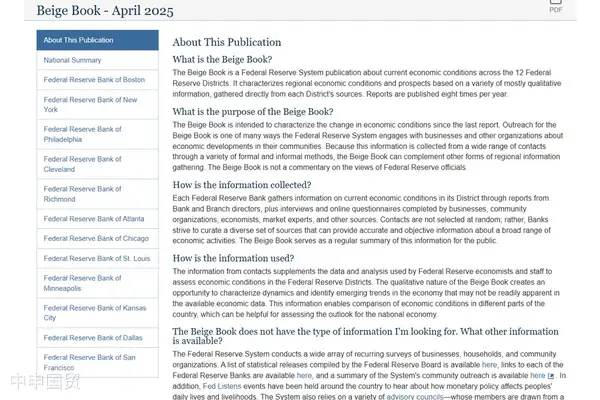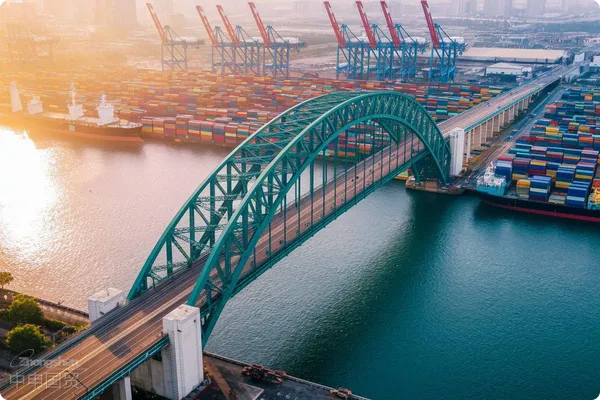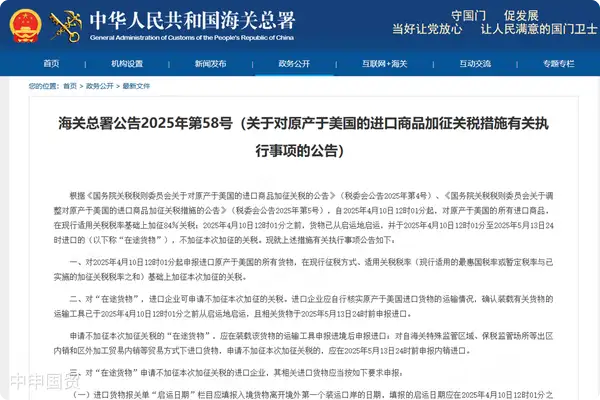- Shanghai Zhongshen International Trade Co., Ltd. - Two decades of trade agency expertise.
- Service Hotline: 139 1787 2118

Global Fire - Fightingequipment. For example, Indonesia has the SNI certification, Thailand has the TISI certification, and the Philippines has the BPS certification. It is necessary to confirm in advance the equipment voltage (such as 380V/50Hz in Thailand), the compatibility of the CE certification, and the proof of environmentally friendly materials.New market trends
In 2025, the global fire - fighting equipment market size is expected to exceed 38 billion US dollars. As a major importer, Chinas annual import value of fire - fighting equipment maintains a compound growth rate of 12%. High - end brands from Europe and the United States account for 65% of the market share, while emerging manufacturers in Southeast Asia are rising rapidly with their price advantages.Import RepresentationThe service needs to focus on the connection and conversion of the US UL certification, the EU CE - PED certification, and the China Compulsory Certification (CCC) for fire - fighting products.
The Core Value of Professional Agency Services
- Ability to Predict Regulations: Identify 3 types of restricted products newly added in the 2025 version of the Technical Assessment Rules for Fire - Fighting Products in advance
- Tariff optimization plan: Use the China - ASEAN Free Trade Agreement to achieve tax rate reduction for imported equipment from Southeast Asia
- Emergency Response System: Establish a 24 - hour emergency response mechanism for hazardous chemicals transportation accidents
Standard Operating Procedures for Import Agency
- Pre - preparation Stage
- Pre - classification of Product HS Codes (pay special attention to the updated details under 8531.10)
- Review of the Compliance of Technical Documents (including the safety assessment report of pressure vessels)
- Customs Clearance Execution Phase
- Classification and Identification of Hazardous Characteristics (confirmation of UN markings and transportation conditions)
- Procedures for Safety Supervision of Special Equipment (handling of TSG license documents)
- Follow-up management phase
- Establishment of a Quality Traceability System (the retention period shall be not less than 10 years)
- Declaration of Annual Import Quota (to avoid triggering automatic license restrictions)
Key Regulatory Changes in 2025
Announcement No. 78 of the General Administration of Customs of China clearly states:For the import of dry powder fire extinguishers, a component test report needs to be provided, and for water - based fire extinguishers, an environmental protection assessment certificate is added. For carbon dioxide fire - fighting systems, the inspection standard for the wall thickness of pressure vessels is adjusted from ±5% to ±3%. Importers should verify the compliance of equipment parameters in advance.
Practical Suggestions for Risk Prevention and Control
- Avoidance of Certification Traps: Identify the version differences between the EU CPR certification and the EN3 standard
- Special Shipping Clauses:Maritime TransportationMust comply with the special stowage requirements in Chapter 3.3 of the IMDG CODE
- Emergency Plan for Return Shipment: Pre - store in an overseas bonded warehouse for the temporary storage of non - conforming products
Professional agency companies should establish a quality early - warning system with 40 test indicators, and use the customs clearance advantages of AEO - certified enterprises to compress the average customs clearance time to within 72 hours. It is recommended that when choosing an agent, importers should focus on its qualifications for handling hazardous chemicals, overseas inspection capabilities, and historical cases of handling return shipments.
Related Recommendations
? 2025. All Rights Reserved. Shanghai ICP No. 2023007705-2  PSB Record: Shanghai No.31011502009912
PSB Record: Shanghai No.31011502009912










